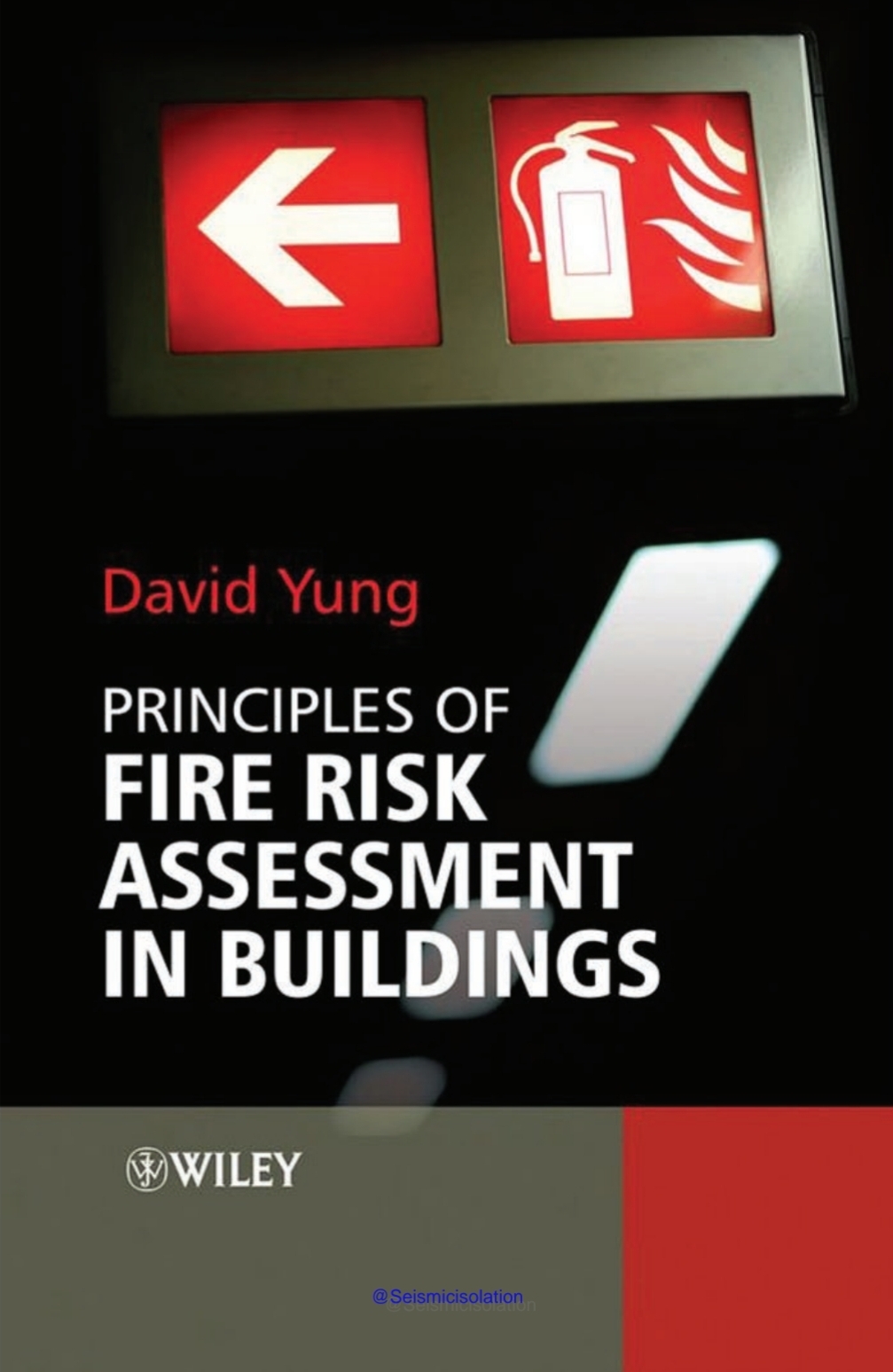Principles of Fire Risk Assessment in Buildings
The practice of fire safety designs is changing in many countries. The change is from traditional practice that simply follows the prescriptive code requirements to those that are based on fire safety analysis to obtain the required level of fire safety for the occupants. The change is a result of many countries moving towards the more flexible performance-based codes. Performance-based codes allow flexibility in fire safety designs as long as the designs can provide the required level of fire safety to the occupants.
Fire risk assessment is an assessment of the fire risks, or the levels of fire safety, that are provided to the occupants and property in a performance-based fire safety design. Fire safety designs involve the use of fire protection measures to control fire growth and smoke spread and to expedite occupant evacuation and fire department response. None of these fire protection measures, however, is 100 % effective. For example, sprinklers do not have 100 % reliability in controlling fires, nor do fire alarms have 100 % reliability in getting occupants to leave immediately. As a result, certain levels of fire risks to the occupants and property are implied in each fire safety design.
The assessment of these levels of fire risks is the subject of fire risk assessment. Guidelines on fire risk assessment have been produced by fire protec- tion organizations such as the NFPA (National Fire Protection Associ- ation) and SFPE (Society of Fire Protection Engineers) in the USA (NFPA 551, 2007; SFPE, 2006). Other international organizations such as ISO are also planning to introduce reference documents on fire risk assess- ment. These guidelines are for the benefits of fire protection engineers and regulators to allow them to have a common vision on what is required in the submission and approval process in fire risk assessment.
They describe this process from beginning to end, including the setting of risk thresholds and the selection of fire scenarios. These guidelines, however, do not describe the actual fire risk analysis.
This book, on the other hand, describes the basic principles of fire risk analysis, or fire risk assessment, in buildings. This book, therefore, is suitable for use as a reference to these other guidelines. Research and technical papers are produced regularly on the advance- ment of fire risk assessment. These papers usually focus on a certain aspect of the fire risk assessment. They seldom describe the fundamentals that underpin fire risk assessment. This book is suitable for use as a reference to these papers.
DOWNLOAD :- HERE
